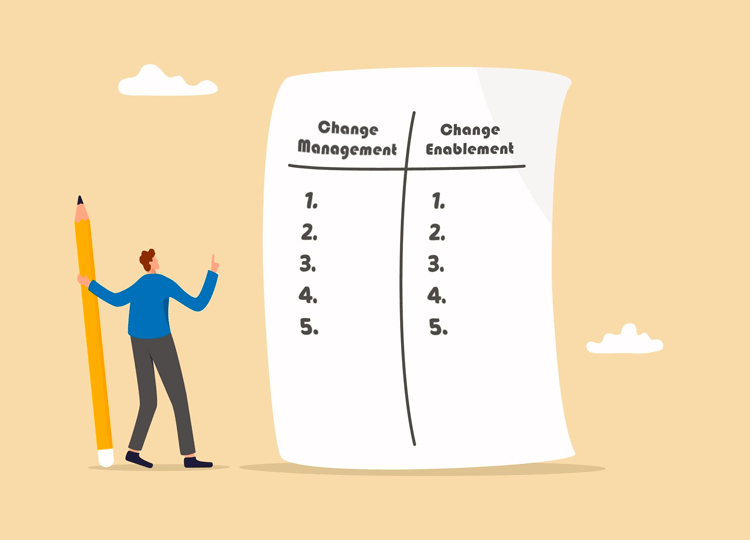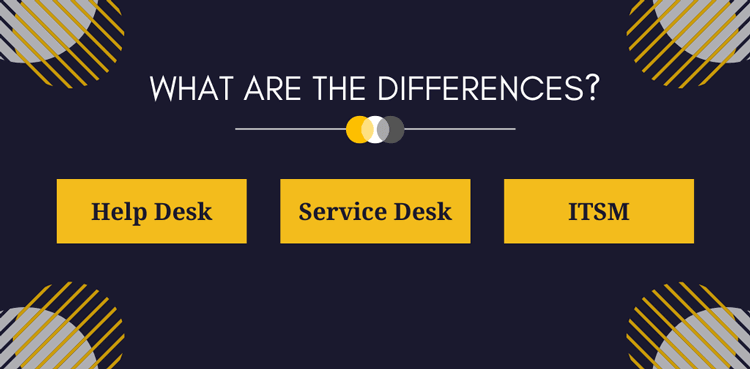What SLA Metrics Are Worth Watching? 8 Key Metrics for Measuring Service Level Agreement Performance
Every IT and ITSM (IT Service Management) leader must closely monitor Service Level Agreement (SLA) performance metrics.
SLA metrics are a measurable way of demonstrating that your team or department is hitting or missing key performance indicators (KPIs) within an SLA.
As we've covered in other posts, SLAs are "a contract between a service provider and a customer. It is used to define the scope, cost, and quality of services that will be delivered by the provider or an internal IT service management team (ITSM)."
In most cases, SLAs are either between internal departments or teams (such as ITSM) and internal customers, such as staff, stakeholders, managers, and senior leadership, or between third-party Software (SaaS) and IT vendors that have contracts with clients and the businesses they're serving. And within these contracts are SLAs to measure outputs, deliverables, service standards, and success metrics. Failing to achieve SLA standards could result in a contract breach or even a termination.
In our data-driven world, there's almost nothing that can't be measured. You can measure almost everything an IT team does with the right software, tools, and analytics. However, as an IT leader reporting to a client or senior leadership, you need to know the right SLA metrics to measure; otherwise, you could end up with data overload.
In this article, we look at the 8 SLA metrics worth watching that will positively impact the performance of your IT team and working relationship with clients.

What SLA Metrics Should You Measure to Improve ITSM Performance?
As we've also covered in a previous article, there are three types of SLAs:
- Customer-based
- Service-based
- Multi-level SLAs
All of these SLAs measure performance on a pre-agreed set of criteria and metrics.
SLAs are KPI-driven contracts. Success is based on achieving performance metrics. As an IT team or vendor, you're meeting the terms of the contract when Service Level Objective (SLO) metrics are being met, and you're falling outside the scope of an SLA when you consistently miss those targets. Service Level Indicators (SLI) are a result of analyzing if the objectives have been met or exceeded, or if they are lacking and need to be improved upon.
Additional reading: SLI, SLO & SLA: What's the Difference?
Because it's essential to measure the right metrics and not waste time on measuring what won't impact business or operational performance, we provide a list of 8 SLA metrics organizations should monitor.
8 SLA Performance Metrics You Should Measure
-
Guaranteed Service Uptime
Businesses need IT systems to work continuously, without exceptions, 24/7. It doesn't matter what an IT team or vendor has to do to keep IT systems running, providing that there are no interruptions to day-to-day operations.
In almost every case, the uptime hard-wired into SLAs is 99.999%. It doesn't mean you will be blamed for uptime falling below that in the event of a natural disaster hitting a server center. However, IT teams and vendors will fail SLA requirements if they have not backed everything up or have failed to keep up with maintenance schedules.
-
Response Time
Response time, also known as the Response SLA, is one of the most important metrics for an IT team or vendor.
When (internal or external) customers have an IT problem, and self-serve options that have been provided are not solving it, they submit a support ticket because they need professional IT help to fix it.
An ideal first response time SLA metric is to respond to support tickets within the first business day. If not, within the first 24 hours since a ticket was submitted. It's different when customers call IT teams or vendors; however, in most cases, tickets still need to be logged into a system so that ITSM can fix the problem and confirm a resolution within the parameters of the SLA.
Average response times are a crucial SLA performance metric. However, others are more important in many ways, and we'll cover those next.
-
Average Handling Time (AHT)
Next on the list is average handling time, or average handle time (AHT), meaning the time it takes from a support ticket being submitted to it being marked as "resolved" or "closed."
Speed is everything in business. IT problems slow organizations down because individuals, teams, and sometimes whole companies can't work without the relevant IT systems working.
ITSM or third-party vendors are meant to keep these systems, software, and hardware functioning properly. IT teams with a fast AHT create more value for their organization by solving problems quicker, making sure that your staff can get back to work. AHT is a crucial SLA performance metric and one that every IT team needs to measure.
-
Number of successful self-serve resolutions vs. Number of overall support tickets
Providing self-serve tools and information is one of the most effective ways to reduce the number of support tickets and, therefore, the cost of providing ITSM support.
Self-serve solutions also mean that IT teams can focus on more serious problems than "I've forgotten my password ... again", including investing in digital transformation projects.
IT leaders should notice a difference between the number of support tickets their team receives after implementing self-serve tools. Ticket volume should decrease and more customers should be able to solve problems themselves. You can use analytics to see how many people are using these tools and accessing this content and then compare that to the volume of support tickets.
-
Number of tickets resolved
Another crucial IT Help Desk SLA metric that's included in every SLA is the number of tickets a team resolves. It doesn't matter if these are levels 1, 2, or 3, providing a resolution is achieved within SLA performance timescales.
With the right IT help desk software, you can measure whether your team is resolving support tickets faster, and at a higher volume. If that's the case, then the team is becoming more efficient at solving customer problems, and that reflects well on an IT team's performance.
Tracking support ticket resolutions and the types of tickets customers are sending in also indicates whether new information should be added to self-serve solutions. When your team is seeing the same issues repeatedly, and when there are easy-to-implement solutions customers can use themselves, it's time to update self-serve tools.
-
Tickets resolved within SLA timescales vs. Outside SLA timescales
Comparing the number of tickets resolved within SLA performance timescales vs. tickets falling outside those timescales is another crucial metric. Most tickets should be resolved within the SLA parameters, otherwise, your team is failing to achieve the minimum standards they're being monitored against.
You need to demonstrate why tickets fall outside of SLA timescales. Ensure reports are attached to SLA metrics and KPIs, so senior management can see if more serious problems require extra investment to fix.
If too many support tickets are falling outside of an IT help or service desk's SLA then it suggests the team needs more training. Or that additional tools or self-serve resources are required to improve response and ticket closure rates.
-
First-time resolution rate
Another mission-critical SLA performance metric to track is the first-time resolution rate. This means the number of tickets resolved at the first point of contact.
It's a metric we see over numerous sectors and types of businesses, including B2C and B2B customer service contact centers. First contact resolution has permeated the IT world, as well, and is included in most ITSM teams' KPIs and SLAs.
-
Ticket escalation levels
And finally, another crucial metric to track in an SLA is the number of support tickets that need escalation to a manager or higher-level IT team member. Not everything can be resolved at level 1 or the first point of contact.
Some problems are more complex and need the input and expertise of a more experienced IT professional or technology-specific specialist. Using cloud-based IT help desk or ITSM software, you can track the number of tickets that are resolved within SLA timescales at the first point of contact and the number that are moved higher up the chain because they're more complicated.
IT leaders still need to ensure more complex tickets are resolved within SLA timescales. But, more complex problems are given longer timescales to resolve due to the difficulties involved.
Of course, every business and organization is different. What's included in an SLA will be influenced by the technology, hardware, and software a company uses and the workflows involved in customers using those solutions.
So, many organizations will have a broader range of performance metrics in SLAs. The ones in this list are a useful starting point. We hope you've found this article helpful!
For more information, here's a sample Service Level Agreement (SLA) and more detail on measuring SLA performance.





